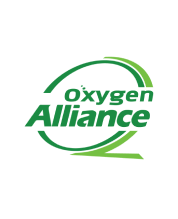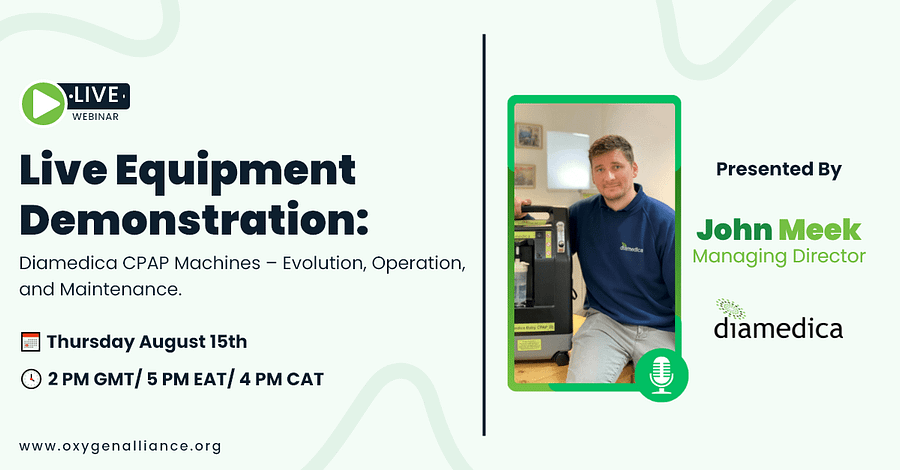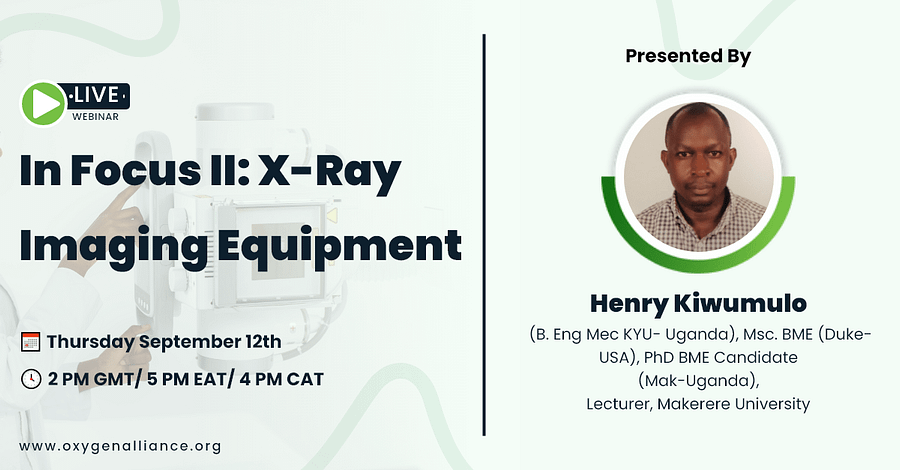On February 1st, 2024, The Oxygen Alliance convened a meeting, bringing together over 20 delegates from esteemed institutions including Aketen Appiah-Menka University of Skills Training and Entrepreneurial Development (AAMUSTED), All Nations University, Arusha Technical College, ECUREI, Evelyn Hone College, Kenyatta University, Koforidua Technical University, Kwame Nkrumah University of Science and Technology, Makerere University, Malawi University of Business & Applied Sciences, Malawi University of Science & Technology, Mbarara University of Science and Technology, Muhimbili University of Health & Allied Sciences, Northern Technical College, and University of Ghana,
The focus of this meeting was to explore various strategies for the advancement of biomedical engineering education, the enrichment of student learning experiences, and the broadening of their impact within the biomedical engineering field with the initiative kicking off with the introduction of the Oxygen Alliance Journal and Curriculum Tracks. This initiative, in collaboration with academic institutions across Africa, underscores our ongoing commitment to fostering a sustainable and resilient healthcare system in low and middle-income countries, focusing on the maintenance and repair of biomedical equipment.
Our journey over the past six months has been guided by the principles of innovation and collaboration. Through video meetings, conference attendance, and an online survey, we engaged in dialogues with academic faculty as we sought to understand from multiple perspectives the needs and challenges within the academic landscape concerning biomedical engineering.
The feedback from 17 institutions across 6 countries (Ghana, Kenya, Malawi, Tanzania, Uganda, and Zambia) was invaluable, bringing to light the shared challenges and aspirations within the biomedical engineering community.
These interactions revealed several challenges, including difficulties in publishing research, a shortage of biomedical equipment for training, and a lack of practical experience opportunities. Moreover, the curriculums were found to be theory-heavy, lacking in resources for innovation and research and development (R&D), and prototyping, alongside insufficient skills labs or workshop space.
These challenges, however, also presented clear opportunities for highly targeted resourcing and empowering interventions on the academic front to enhance education and training in the biomedical engineering field.
In response, Oxygen Alliance, with endorsement from academic institutions in our community, launched two strategic tracks designed to address these issues head-on: the Journal Track and the Curriculum Track.
Journal Track
The Journal Track aims to transform the landscape of research publication in biomedical engineering. The Biomedical Engineering Systems & Technologies for Low- and Middle-Income Countries (BEST-LMIC) will provide an open-access platform for faculty and students to publish their research at no monetary cost while accelerating and facilitating the sharing of research and innovation, connecting academia with manufacturers and providing students with valuable research. The creation of our peer-reviewed journal will be backed by academic faculty members and will encourage participation through a system of credits in a bid to guarantee both its quality and credibility. The upcoming months will see a series of orientations, online training for peer reviewers, and webinars on publishing for students, culminating in publishing the first round of manuscripts.
Curriculum Track
The Curriculum Track is the other approach the Oxygen Alliance will work on to encourage growth and innovation. By introducing case studies to assess learning gaps, incorporating new technology into curriculum content, increasing the availability of medical devices for teaching, and providing guidelines for industrial attachment programs, we aim to prepare graduates better for the workforce.
Moreover, Oxygen Alliance is actively working to establish a collaborative pipeline with non-governmental organizations, industry leaders, and government bodies. This partnership aims to facilitate the supply, provision, or donation of essential equipment, thereby reinforcing our educational framework. Through this collective effort, we aim to create a robust support system for our graduates, equipping them with the knowledge, skills, and resources necessary to thrive in the professional realm.
Each participating academic institution within the Oxygen Alliance is set to appoint a dedicated person for each initiative. Through this unified approach, we envision coordinated efforts, weaving a tapestry of innovation and dedication whose output will be a homegrown solution that best serves biomedical engineering training in LMIC.
At the heart of the Oxygen Alliance mission is our resolve to be a catalyst for change in the culture of maintenance and repair; and in this case by revolutionizing biomedical engineering education and research. By facing challenges head-on and delivering actionable solutions collaboratively and in consultation with our partners, we take a significant leap towards a future where our healthcare is accessible to all, cutting-edge, sustainable, and resilient.





